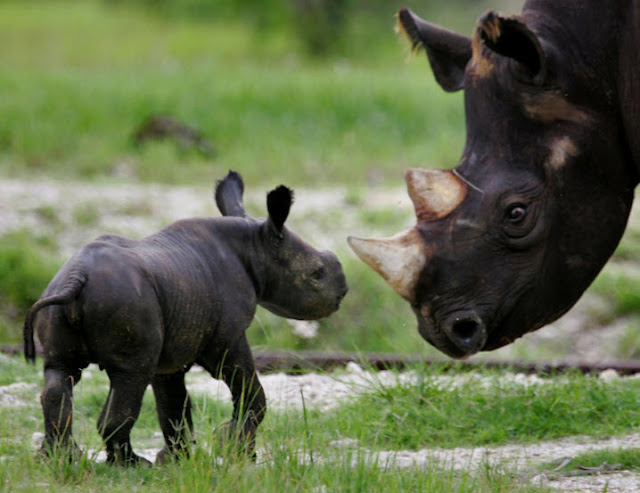The Biggest Animals Kingdom and in The World | Koala | The word koala comes from Dharuk gluttony. The scientific name of the genus of the koala, Phascolarctos, is derived from the Greek phaskolos "bag" and Arktos "Bear". Its species name, cinereus, is Latin for "ashen. Although the koala is a bear, English-speaking settlers in the late 18th Century for the first time he called koala bear, because of its resemblance to thebear. Other descriptive names based on English "bear" have monkey bear, native bear contain, bear, and structure.
Typical and New South Wales Koala weights are 12 kg (26 lb) for males and 8.5 kg (19 lb) for women. In tropical and subtropical Queensland, however, koalas small (less than about 6.5 kg (14 lb) to a male medium and a little more than 5 kg (11 pounds) of an average female), a gray, in most cases quite clear in color and has the wrong orientation shorter, thinner skin. In Queensland the Koala was previously classified as subspecies P. cinereus adustus, and the intermediate forms in New South Wales as P. cinereus cinereus. Koalas can be white and the skin, in rare cases by a recessive gene.
The origins of the koala are unclear, although they are descended from terrestrial wombat almost certainly-like animals. Koala fossils are very rare, but some were found in northern Australia dating to 20 million years ago. During this time, the northern half of Australia rain forest. The koala does not specialize on a diet of eucalyptus until the climate cooled and eucalypt forests grew in the place of rain forests. The fossil record shows that inhabited 50,000 years ago, giant koalas in the southern regions of Australia. The Koala fills the same ecological role as the sloth in South America
The koala is very similar in appearance to the wombat (its closest living relatives), but has a thick coat, large ears and longer limbs. The Koala has large sharp claws to help climb trees. Weight in the range of about 14 kg (31 lb) to a large male South, about 5 kg (11 pounds) of a small female north. The five fingers of koalas include two left thumbs, what better fixation capacity. The koala is one of the few mammals (except primates) that has fingerprints. The male Koala, like many marsupials, has a bifurcated penis. The brain in the ancestors of the modern Koala once filled the whole cranial cavity, but was a drastic reduction of the species, a degeneration scientists suspect that the adaptation to a diet low in energy.
There is little reliable information about the lives of koalas, but has been observed in captivity, reach the age of 18 years Females reach maturity at 2-3 years old, male 3-4 years. A healthy female koala can produce one young each year for over 12 years. The twins are very rare, were the world's first confirmed identical twin Koalas, named "EUCA" and "Lyptus", at the University of Queensland, born in April 1999. A baby koala is called a Joey, and is hairless, blind and without ears. Young women in the surrounding regions are distributed at this time, young men tend to be from the mother at home until they are two or three years.
The Koala lives almost entirely on eucalyptus leaves. Koalas can be aggressive with each other, play a paw around his opponent and bite, while the more aggressive behavior is short disputes. Dealing with koalas, they can stress and the question of aggression and stress management is a political issue in Australia. Koalas spend about three to eat their five active hours. Koalas eat an average of 500 grams (18 oz) of eucalyptus leaves each day, chewing them with powerful jaws to a very fine paste before swallowing.
The Koalas eat the leaves of a variety of eucalyptus, and occasionally even some species of eucalyptus, such as Acacia, Leptospermum and Melaleuca. Have strong preferences for certain types of eucalypt and these preferences vary from region to region: in the south Manna Gum, Blue Gum and Swamp Gum are favored; Grey Gum and Tallowwood are important in the north, and the ubiquitous River Red Gum isolated seasonal swamps and streams that can live on hikes through the dry inland plains of the koala in surprisingly arid areas. Many factors determine which of the 680 species of eucalyptus trees the Koala eats. Among the trees of their favorite species, but the main factor that determines individual trees the Koala chooses is the concentration of a group called phenolic toxins formylated phloroglucinol compounds in research koalas by the owners of the 13 wildlife parks and zoos in New South Wales show that the preferred group of eucalyptus leaves to the lowest levels of condensed tannins had.










































